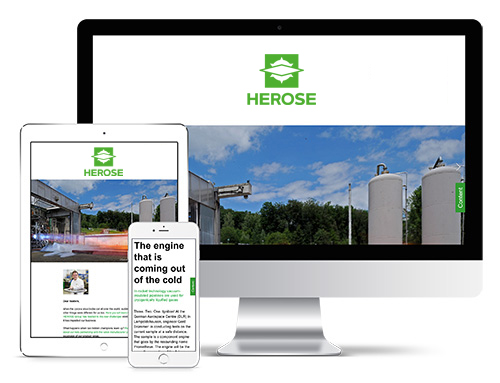KROLL Fahrzeugbau-Umwelttechnik is a company that manufactures customised jet vac vehicles for environmental technology. HEROSE safety valves take care of pressure control on all vehicles.
The process starts with a bare chassis and finishes with a powerful mobile wet-vacuum unit with integrated water recycling. KROLL manufactures many important parts itself and builds highly complex specialised vehicles to keep sewers and drains clear and free-flowing.
From sheet steel to finished tank
Here on the three-roller sheet bender is where the body starts to take shape: metal is bent and welded to form large tubes. State-of-the-art welding joins them cleanly. The depth of production at KROLL is high. Only a few parts are boughtin; such as the cover for the tank. But even at that, attachments such as hinges and outflow pipe still need to be integrated. The finished technical systems for a vehicle are fully assembled for sign-off by the customer. Then the superstructure is dismantled and prepared for painting. The parts to be painted are sand-blasted, primed and then multiple coats of the requested colour are baked on at 70 °C. All systems are put through their paces during initial start-up. KROLL works subassembly by subassembly using a modular concept, which allows for a high degree of vehicle customisation.
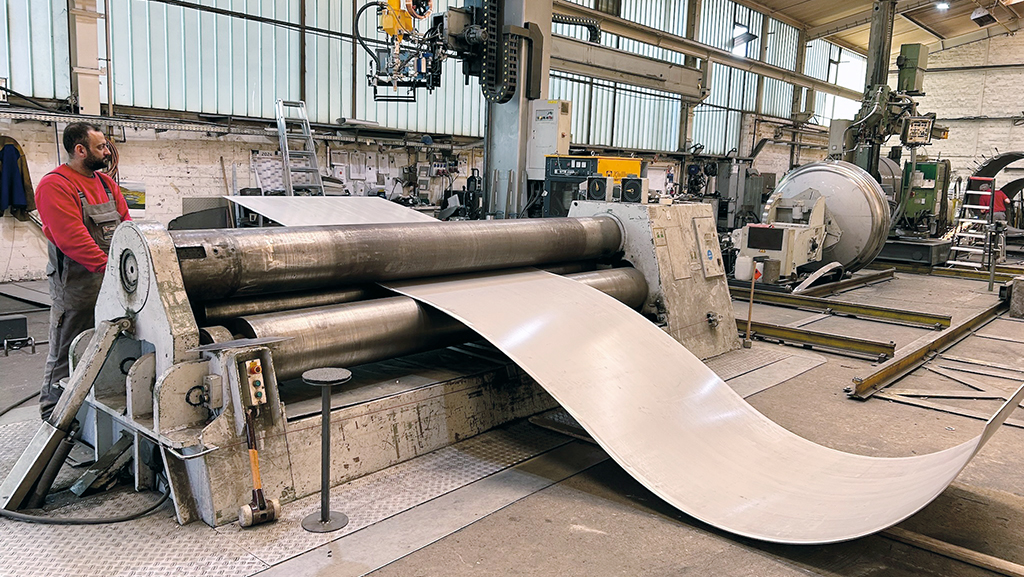
The steel plates are bent, welded and are the starting point for the boiler of each vehicle.
Flushing all over the world
The end products are powerful systems to suit every requirement. “We start where others stop,” says Bernhard Maciejewski, who is Product Manager at KROLL. Of the four finished vehicles currently sitting in the showroom in Hünxe, two are destined for Australia, one for Ireland and the other for Benelux. The multitude of possibilities, the sophisticated technology and the resulting reliability ensure that KROLL vehicles are in demand worldwide – in many European countries, in Dubai, in Africa and even in Australia and New Zealand. Every continent has sewage systems and also the problems that arise when they don’t work as they are supposed to. When these problems occur, applying pressurised water on the one hand and suction on the other help – the vehicles combine both in many different forms. The vehicle technology is complex and they must be operated by qualified operators. Job titles include Jetting Engineer, Drainage Engineer and Tanker Engineer. Digital control systems in combination with multifunction sensors make operation easier.
Technical solutions for various requirements
Each and every vehicle that leaves the KROLL factory is precisely configured to the customer’s specifications. The options are vast – from the capacity of the tank to additional water tanks, the output of the pressure and suction pumps and on to water recycling and the configuration of reel systems and hose lengths. Even if all customers have the one end goal – that everything runs smoothly – their specific requirements for the specialised vehicles vary widely. This means that vehicle features need to be explained and customers must be thoroughly advised on feature selection.
Tested quality a must
“Our vehicles are popular because they last,” says Marcel Murtinu-Ebbing from Sales. It takes between four and eight weeks to build a vehicle. On account of our well-filled order book, the lead time at the moment is around one and a half years. Extensive quality control and technical control are carried out: for ADR vehicles, all tank welding joints are X-rayed and the TÜV technical inspection and certification company conducts testing – for example, a water pressure test at up to 4 bar. After two and a half hours the welding joints and shut-off valves are inspected for leaks. Functions are digitally controlled, which not only facilitates remote control, which is convenient for the operator, but also remote maintenance. The vehicles can be started up, the boom controlled and, if necessary, quick fault diagnostics carried out – all from Hünxe.
Safety for suction pressure
The high-tech machines manufactured in Hünxe all incorporate a high-pressure tank. In wet waste disposal, suction pressure is always required as well as pressure for the water pumps. For this reason, every KROLL vehicle uses HEROSE safety valves – depending on requirements, three or four valves may be mounted, often the 06C01. The size of the pump determines how many safety valves are needed to relieve the pressure. HEROSE has been KROLL’s supplier of choice for more than 40 years because the products meet its high quality standards and thus contribute to the reliability of the system as a whole. Time after time, situations arise where the valves have to relieve excess pressure – also to protect the 600 kg moving piston inside the tank, which separates the waste chamber from the water chamber, from overpressures at all times.
Our vehicles last – which is good for the environment and good for business.
Marcel Murtinu-Ebbing, KROLL Fahrzeugbau Sales
The ability to work for longer thanks to water recycling
The volume of water on board the vehicle determines how long the operators can work for. For this reason, KROLL offers an elaborate system for water recycling: a filter wall separates solids from liquids, after that comes a filter drum, then the liquid goes through two centrifugal cyclones to separate water and solids. A cascade wall is the final step in cleaning before it can be fed back into the flushing process, so the pipe- and sewer-cleaning operation can continue for longer.
KROLL in action – at Canal-Control + Clean
It’s not hard to find where Detlef Schulze and Fabian Kay are working – we just have to follow our noses! They are working on a completely blocked
DN 500 pressurised pipeline. A hole around one and a half metres across has been sawed in the top of the plastic pipe. The pipeline has not been in use for some time but it is now urgently needed due to a failure in the main pipeline. First, the solid mass – a nice way of referring to what usually gets flushed down the toilet – has to be broken up with a spade for the suction hose to be able to vacuum it up. Once they have made a start, the flushing hose can be inserted into the pipe.
The principle of the flushing hose
The water outlets are on the back of the flushing nozzle so, as the water jets out, the hose is pushed further into the sewer. The actual cleaning happens on hydraulic retraction of the hose, as the wet waste is flushed out and can be vacuumed up by the suction hose at the opening. This kind of blockage takes patience: the flushing hose goes in a few meters, the blockage is dislodged, the waste is flushed back and vacuumed up. The team advances little by little to free up the entire stretch but it will probably take one more operation.
The Volvo chassis with the KROLL jet vac superstructure is only one and a half years old. The tank has a volume of 12 cubic metres. The vehicle has around three cubic metres on board today, which is enough to unblock a good length of sewer without refilling thanks to the water recycling. The vehicle has two pumps; the larger of the two has an output of 350 litres per minute and the smaller one 170. This output is sufficient to work in large sewers with a diameter of up to two metres. The flushing hose has a length of 320 metres, so it is suitable for use in longer sewers. The suction hose is 25 metres long because it always works at the manhole or opening.
Safety first
The sewer Canal-Control + Clean is working on here in the south of Hamburg is at a depth of around two metres. An important piece of apparatus being used in the small excavation is a gas detector, as poisonous gases can always leak from the pipeline and – in the worst-case scenario – cause someone to pass out. For safety reasons, the workers on the job work in pairs. Operating the heavy machine is a matter of experience – you learn the tricks over time, says Detlef Schulze, who has the remote control around his neck. Fabian Kay is relatively new to this and guides the suction hose because the solid mass is taking time to loosen up. Depending on the job, different flushing nozzles are used: there are rotary nozzles, long range nozzles, manhole nozzles and also a slot drain nozzle, specially designed for cleaning motorway slot channel drains. The vehicle toolboxes – where all these are kept – are made by KROLL to customer specification. The depth of manufacture is evident here, too. Now that the bulk of the blockage has been vacuumed up around the opening in the pipe, the bad smell has gone away as well.

KROLL Fahrzeugbau‑Umwelttechnik GmbH was founded in 1960 and is based in Hünxe, North Rhine‑Westphalia. The company is one of the leading suppliers of specialised vehicles in the environmental technology and waste disposal industries. Using a standardised modular approach and patented technologies, KROLL provides robust, low-maintenance solutions which are in use worldwide and feature high quality that lasts.

Canal‑Control + Clean Umweltschutzservice GmbH & Co. KG is a specialist in pipe, sewer and drain cleaning, CCTV surveys, leak testing and rehabilitation of buried pipelines. The family-run company employs more than 400 people at eight locations in 13 subsidiaries and provides lasting groundwater and infrastructure protection for municipal and industrial customers.



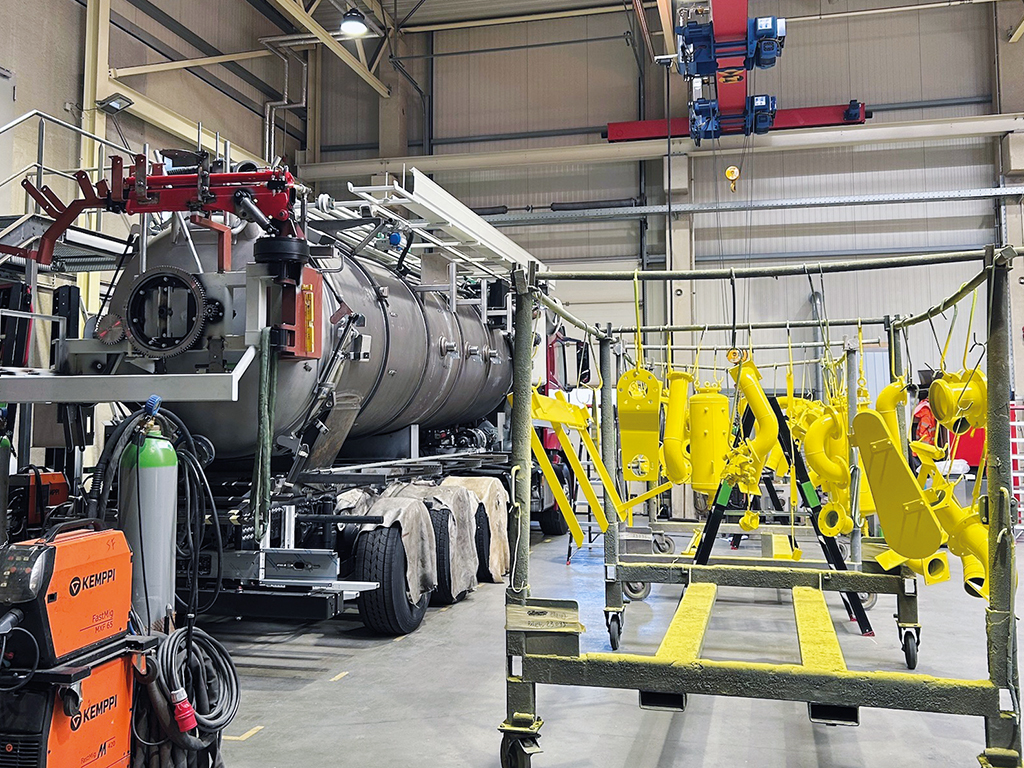
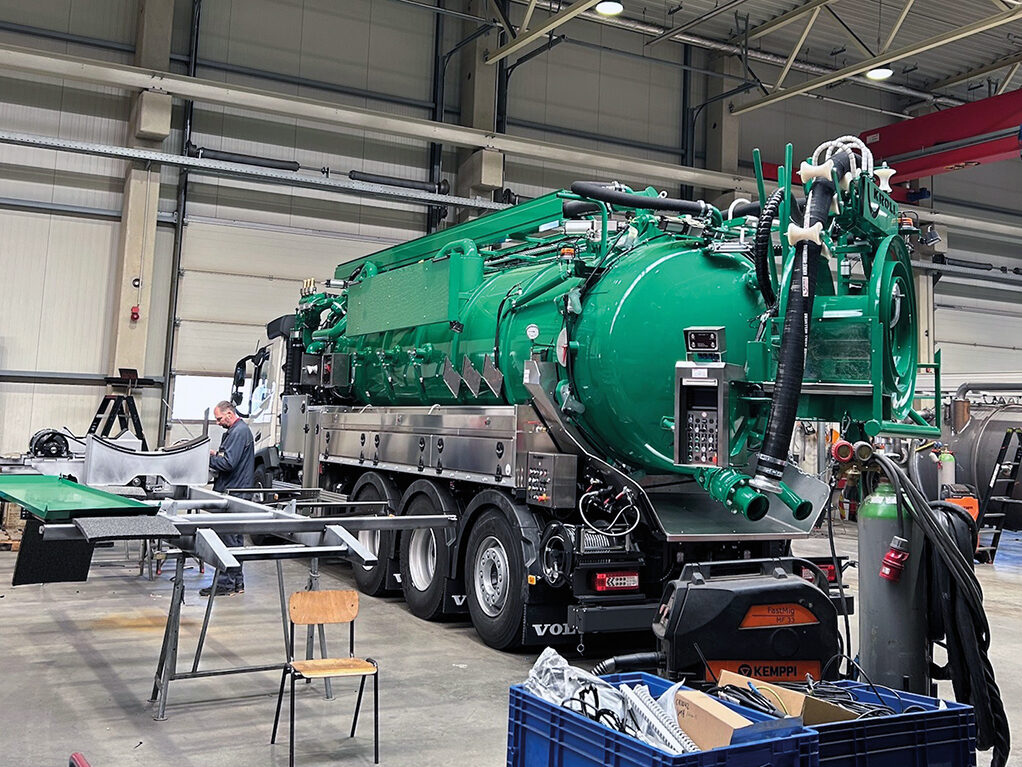
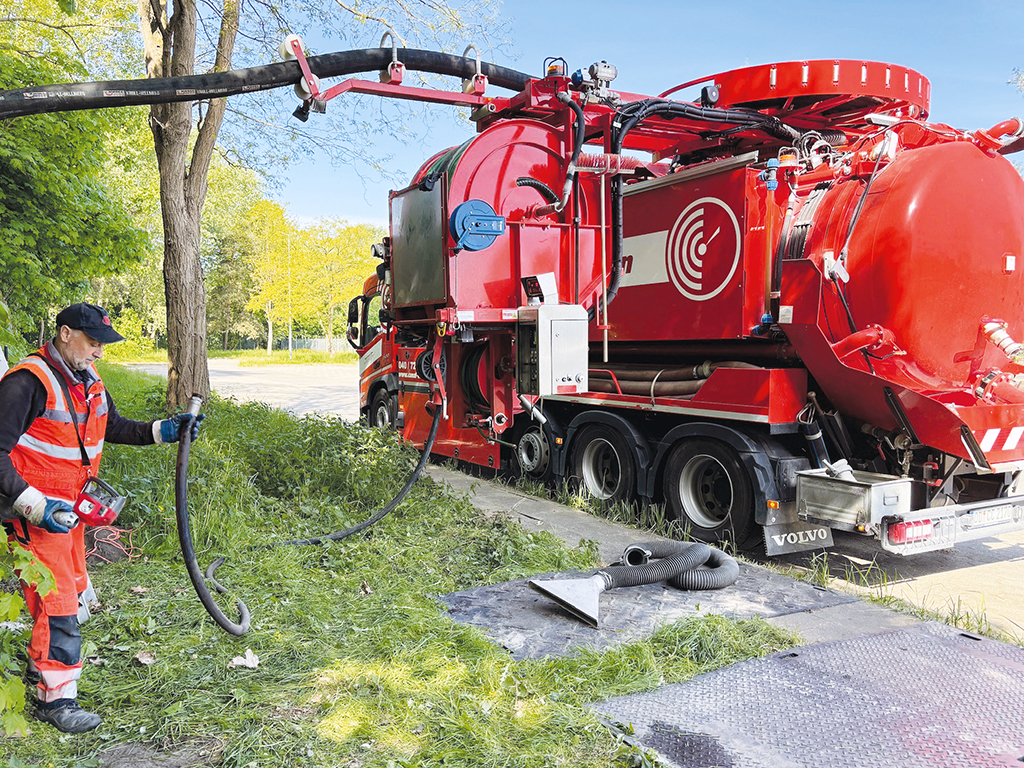

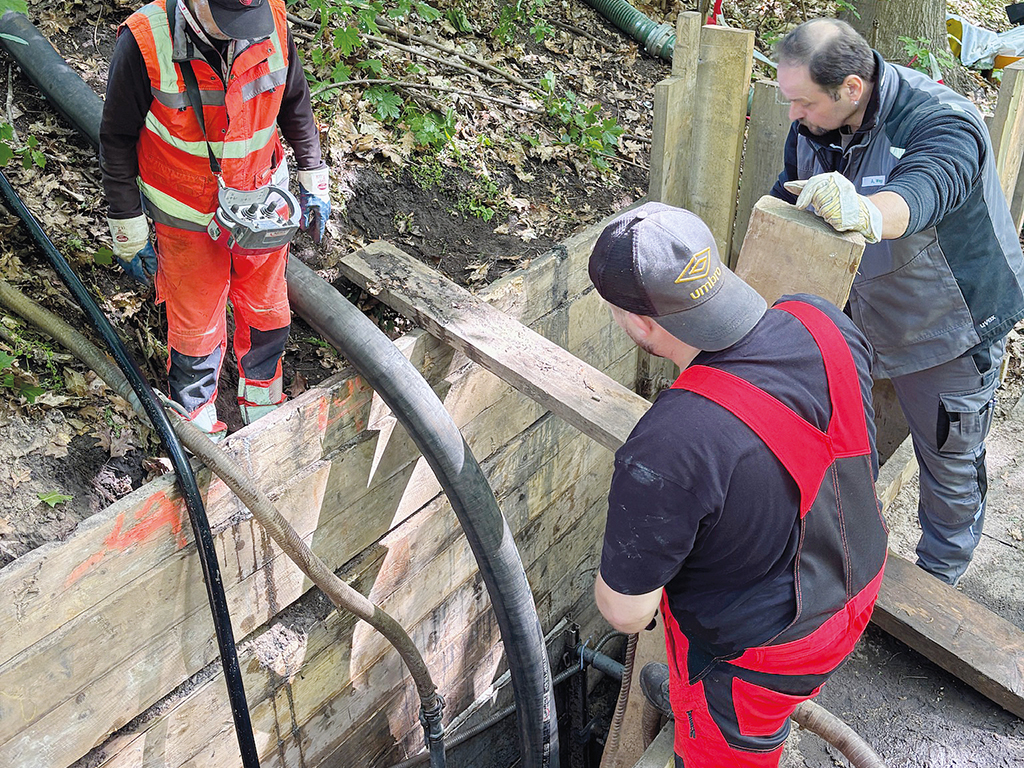
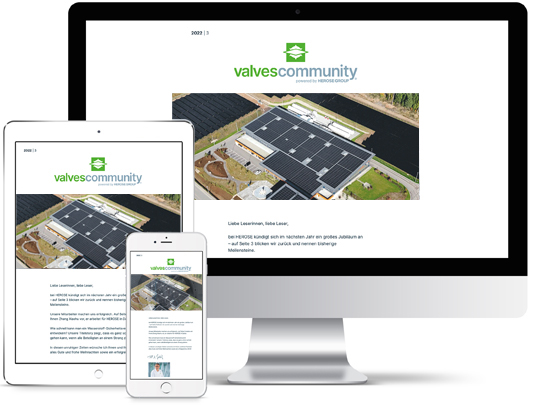 Read the current digital customer magazine now!
Read the current digital customer magazine now!
